Calling in the Soul: Gender and the Cycle of Life in the Hmong Village
by Patricia V. Symonds“Calling in the Soul” (Hu Plig) is the chant the Hmong use to guide the soul of a newborn baby into its body on the third day after birth. Based on extensive original research conducted in the late 1980s in a village in northern Thailand, this ethnographic study examines Hmong cosmological beliefs about the cycle of life as expressed in practices surrounding birth, marriage, and death, and the gender relationships evident in these practices.
The social framework of the Hmong (or Miao, as they are called in China, and Meo, in Thailand), who have lived on the fringes of powerful Southeast Asian states for centuries, it distinctly patrilineal, granting little direct power to women. Yet within the limits of this structure, Hmong women wield considerable influence in the spiritually critical realms of birth and death. Their primary source of power in the patriline is their fecundity, through which they influence key spiritual aspect of the life cycle. Through provision of “birth shirt” (placentas) for fetuses and of elaborately embroidered cloth shirt for the dead, woman literally clothe the soul through cycles of rebirth.
What others are saying
“Despite the quite substantial literature on the Hmong, until now, there has been very little that explores gender issues. . . . Calling in the Soul also makes a substantial contribution to our knowledge about Hmong death rites and religious beliefs.” —Charles Keyes, University of Washington
“The volume’s strength is its ethnography . . . its engaging accounts of marriages, births, and other events in the life cycle.” —Nicola Tannenbaum, Lehigh University
About the Author
is adjunct associate professor of anthropology at Brown University. She is the coauthor (with Brooke G. Schoept) of HIV/AIDS: The Global Pandemic and Struggles for Control.

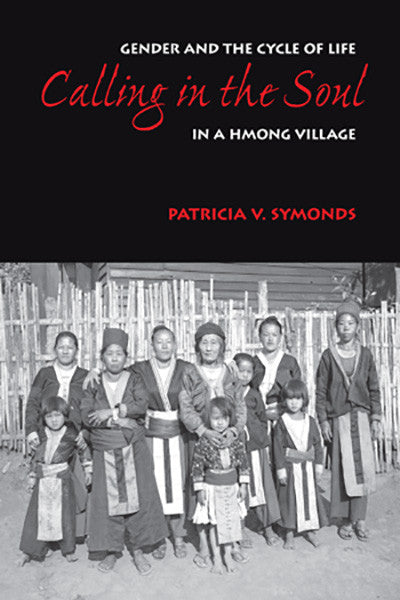
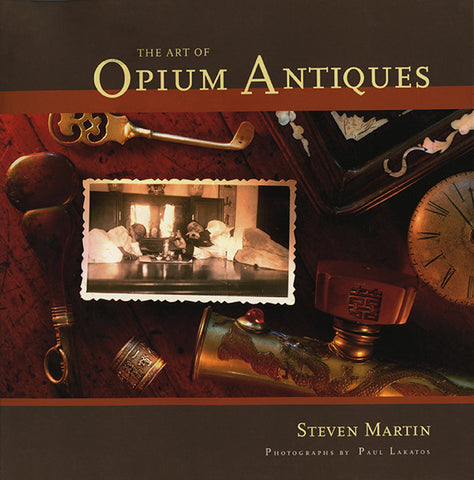
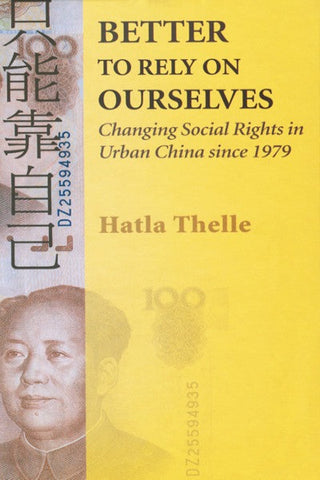
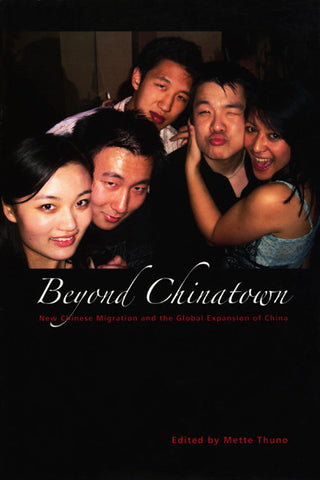

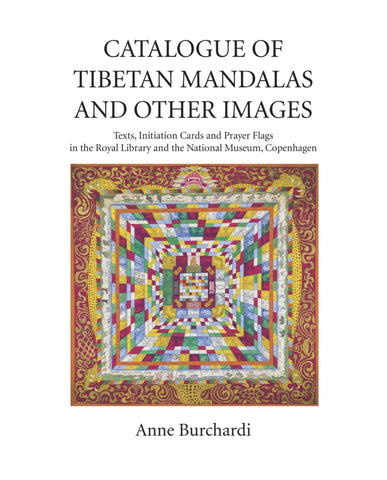
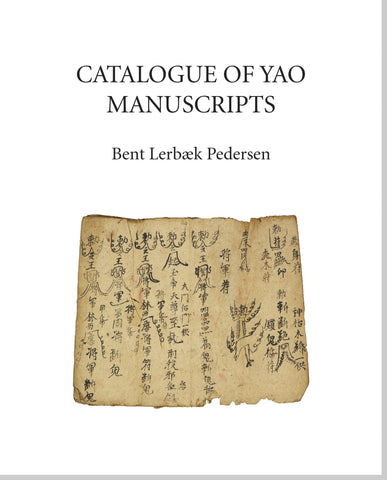
Share this item: